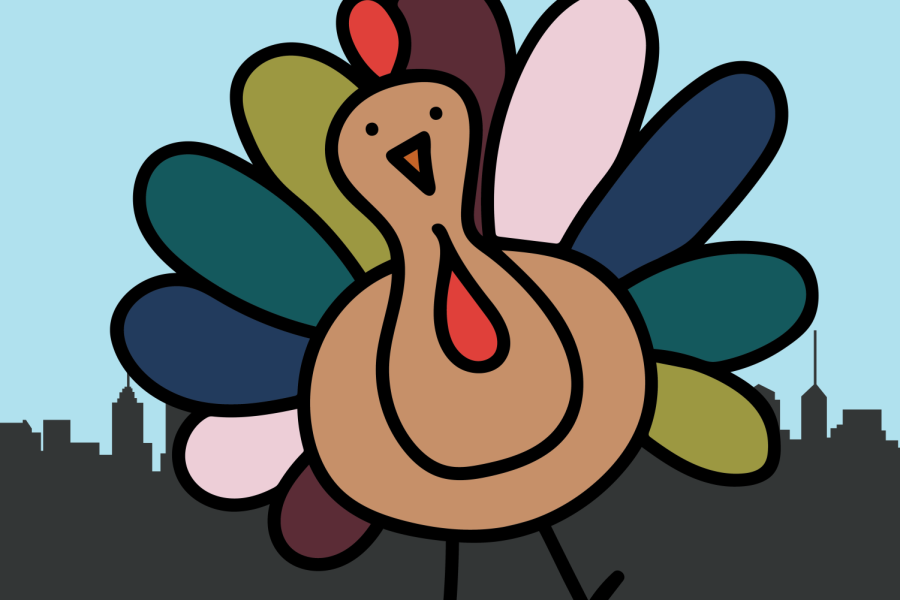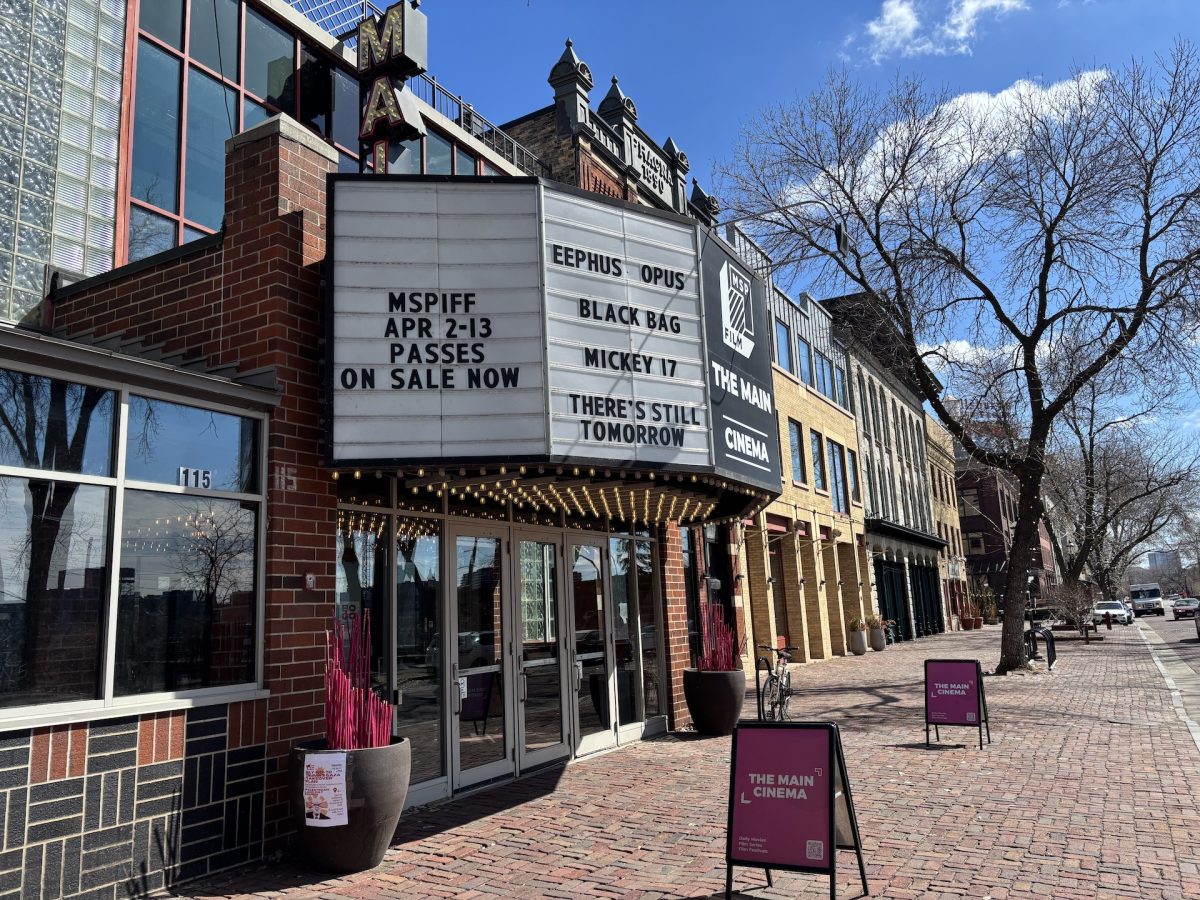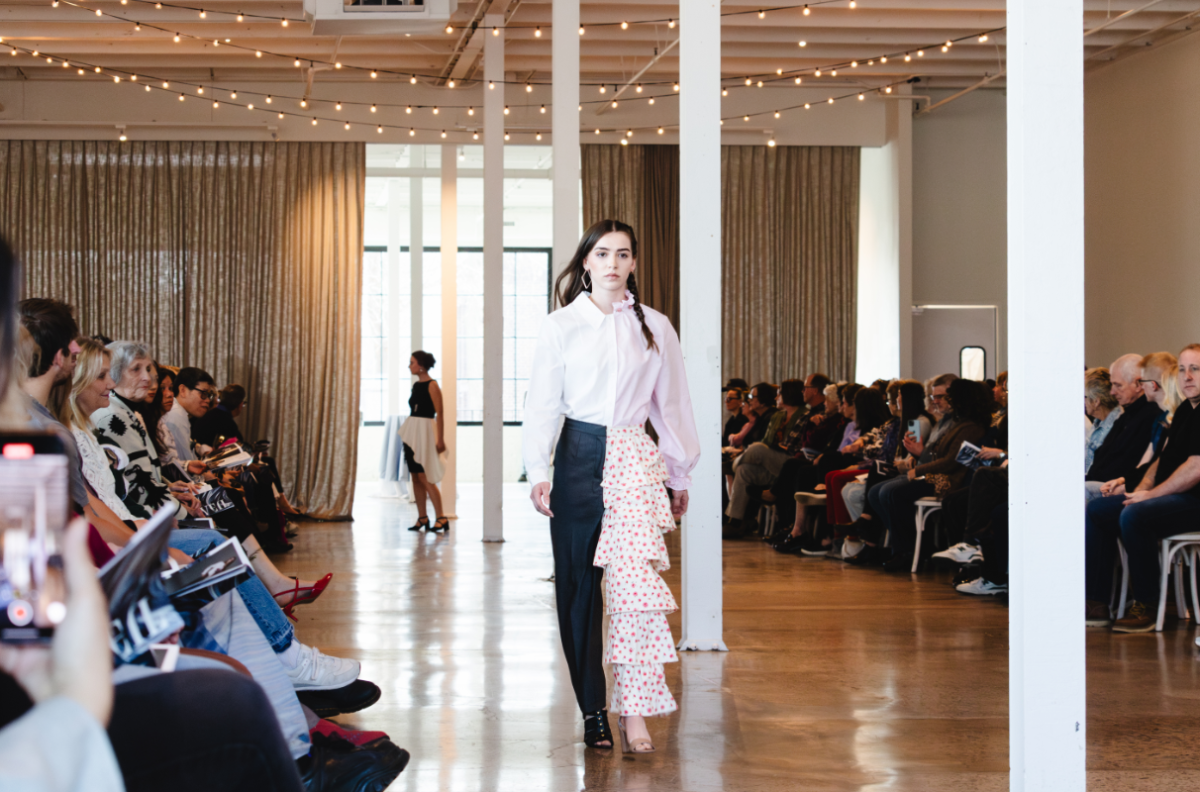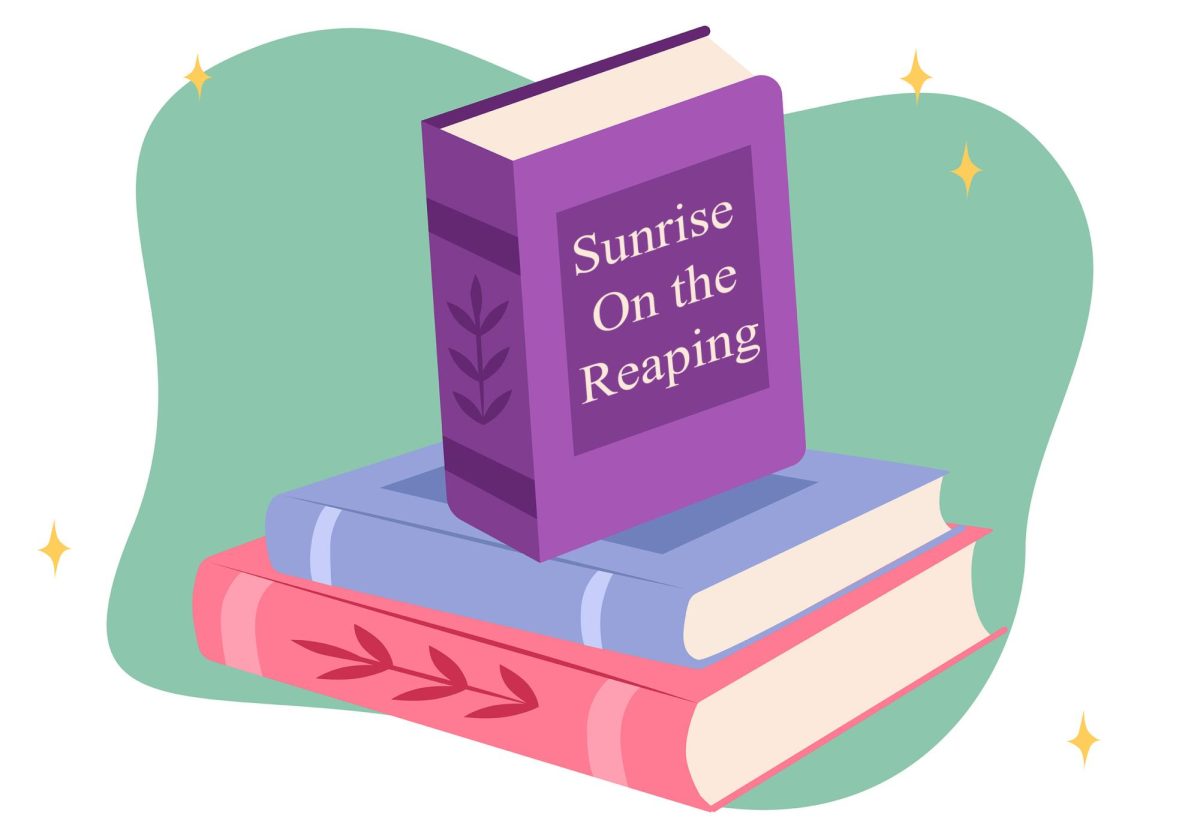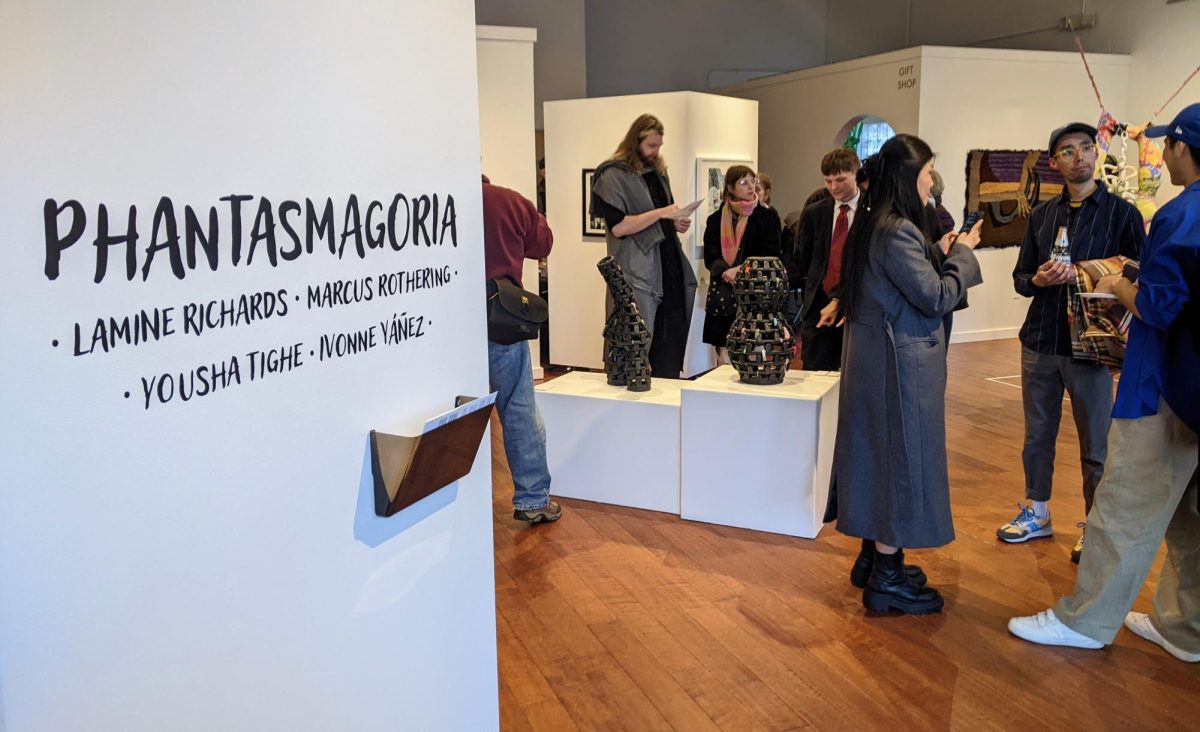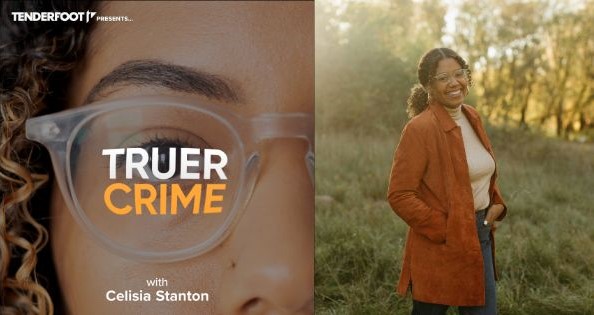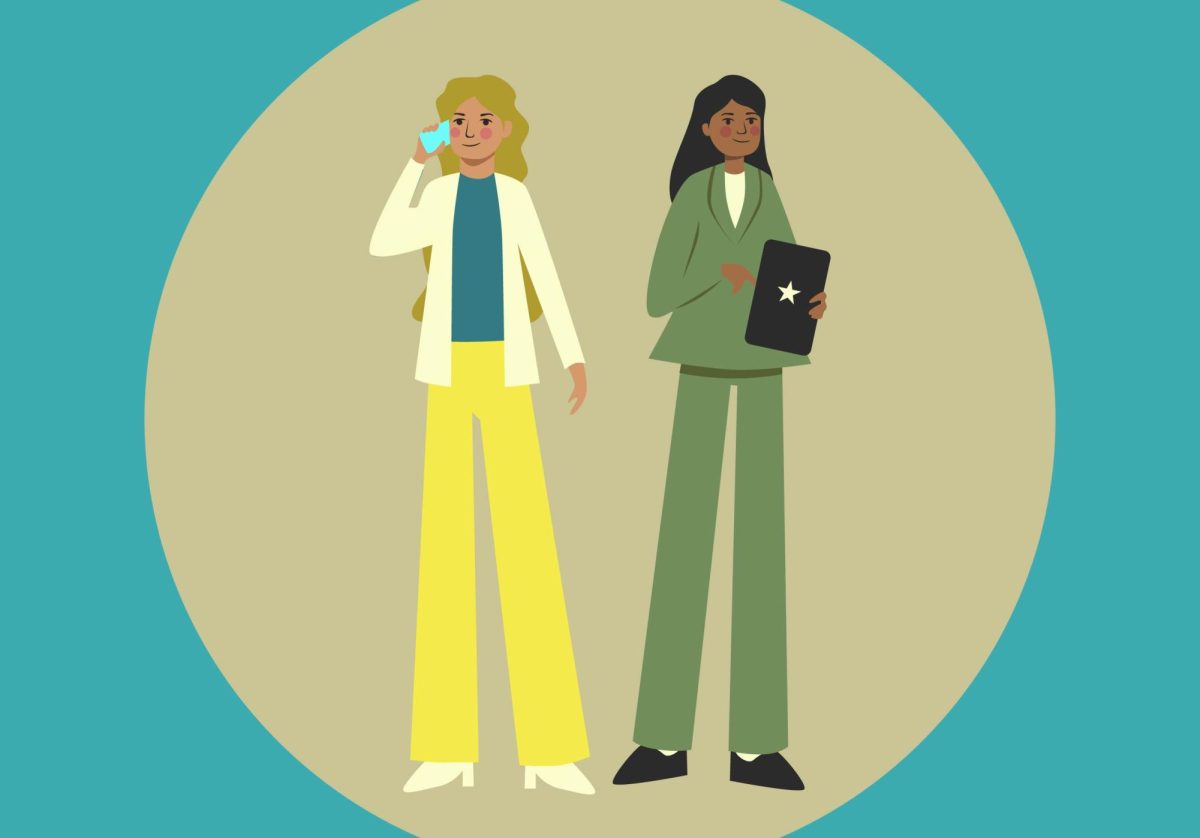Like an action hero establishing the stakes of a climactic stunt, the turkey surveys the gap it prepares to fly over. For a human, falling could lead to a broken bone or two, but we’re dealing with a turkey. It bends the legs, pounces with a flap of its wings and sticks the landing. For a bird weighing up to 30 pounds, it’s amazing they can fly.
View this post on Instagram
This is one of many stories chronicled on the @turkeysofumn Instagram page. Run by second-year students Amanda Ichel and Paige Robinson, the account is a steady stream of turkey hijinks.
Robinson was inspired by @turkeys_of_uw_madison (a comparably turkey-themed account for the University of Wisconsin-Madison) and asked Ichel to join her. Ichel, who is afraid of birds, said yes and has since come to appreciate turkeys. Now boasting over 3,000 followers, @turkeysofumn and campus turkeys are the cluck of the town.
Why have turkeys captured campus culture? It could be because a turkey’s head can swap colors between red, white and blue in a matter of seconds, but it probably isn’t the turkey’s innate patriotism captivating students.
Let’s go back to campus turkey origins.
Turkeys haven’t always had the beloved omnipresence they do today. In the 1970s, Minnesota traded ruffed grouse to Missouri in exchange for wild turkeys, according to David Andersen, a University of Minnesota professor researching birds. The turkeys were released in southeastern Minnesota and slowly established themselves.
“There’s not a lot of historical evidence there were turkeys in Minnesota, at least not very many of them,” Andersen said.
When turkeys began showing up on campus, Sally Noll, a University professor specializing in turkey nutrition, got frequent calls asking if the poultry turkeys had been lost. Of course, the poultry turkeys hadn’t gotten out; a new bird had arrived on campus: the wild turkey.
For fourth-year student Robert Glisky, it’s still a shock to see turkeys on campus. He followed @turkeysofumn because of “the novelty of seeing a turkey drew me into wanting to see more, and it hasn’t got old.”
It isn’t just students paying attention to the account. Official University accounts for Carlson School of Business, Boynton Health and the alumni association have all taken notice and commented on posts. Ichel even recalls a Thanksgiving when the professor of her 200-person neuroanatomy lecture sent her a Canvas message congratulating her and @turkeysofumn for being featured in the New York Times — the account had made it into a Thanksgiving article.
By posting turkey content, Robinson and Ichel have tapped into a deeply rooted Minnesotan oddity. However, they don’t consider themselves a part of campus culture.
“We are not part of campus culture. Instead, we funnel the culture of the turkeys; we provide an outlet for people who care about the turkeys,” said Robinson.
People have flocked to the account. A popular video nears 4,000 views and captures a turkey thoroughly inspecting and pecking the windows of Ridder Arena.
View this post on Instagram
“My suspicion is that the bird can see its image in the glass. It thinks there’s another turkey there, and that’s annoying it because he’s used to being in charge,” Anderson said. “He’s probably trying to harass the turkey that he sees in the glass, which is him.”
Encounters like this have mythologized turkeys. “They’re some mysterious godlike creature that roams campus,” Glisky said.
Creating mythic statures is core to turkey culture.
View this post on Instagram
It’s entertaining to personify turkeys with otherworldly capabilities plotting your destruction.
One St. Paul turkey even holds a grandiose name: Mega. After spotting Mega on Instagram, sophomore Taylor Boothe tweaked the name to Meg (short for Megalodon) and now sights him around McNeal Hall.
Turkeys are even portrayed as peacemakers; one caption remarks, “Turkeys are the only thing that can still bring people together in this day and age.” That may sound corny and dramatic, but it’s true for Robinson and Ichel.
“If we didn’t have the turkey account, we wouldn’t still talk,” said Robinson.
“That’s why we were friends,” added Ichel.


